Broadly speaking the Kruger Park can roughly be divided into three areas; the southern Kruger Park in Mpumalanga, the central Kruger Park which straddles Limpopo and Mpumalanga, and the northern Kruger where the mighty Limpopo river forms the northern boundary of the park along the border with Zimbabwe.
For first-timers the southern Kruger park is a fantastic area to visit with some of the best sightings in the park and the biggest choice of accommodation. At around five hours drive, it is also the easiest to drive from Johannesburg, or making things even quicker you can fly to Nelspruit and rent a car.
Here's a look at everything you need to know about planning a holiday in the southern Kruger park.
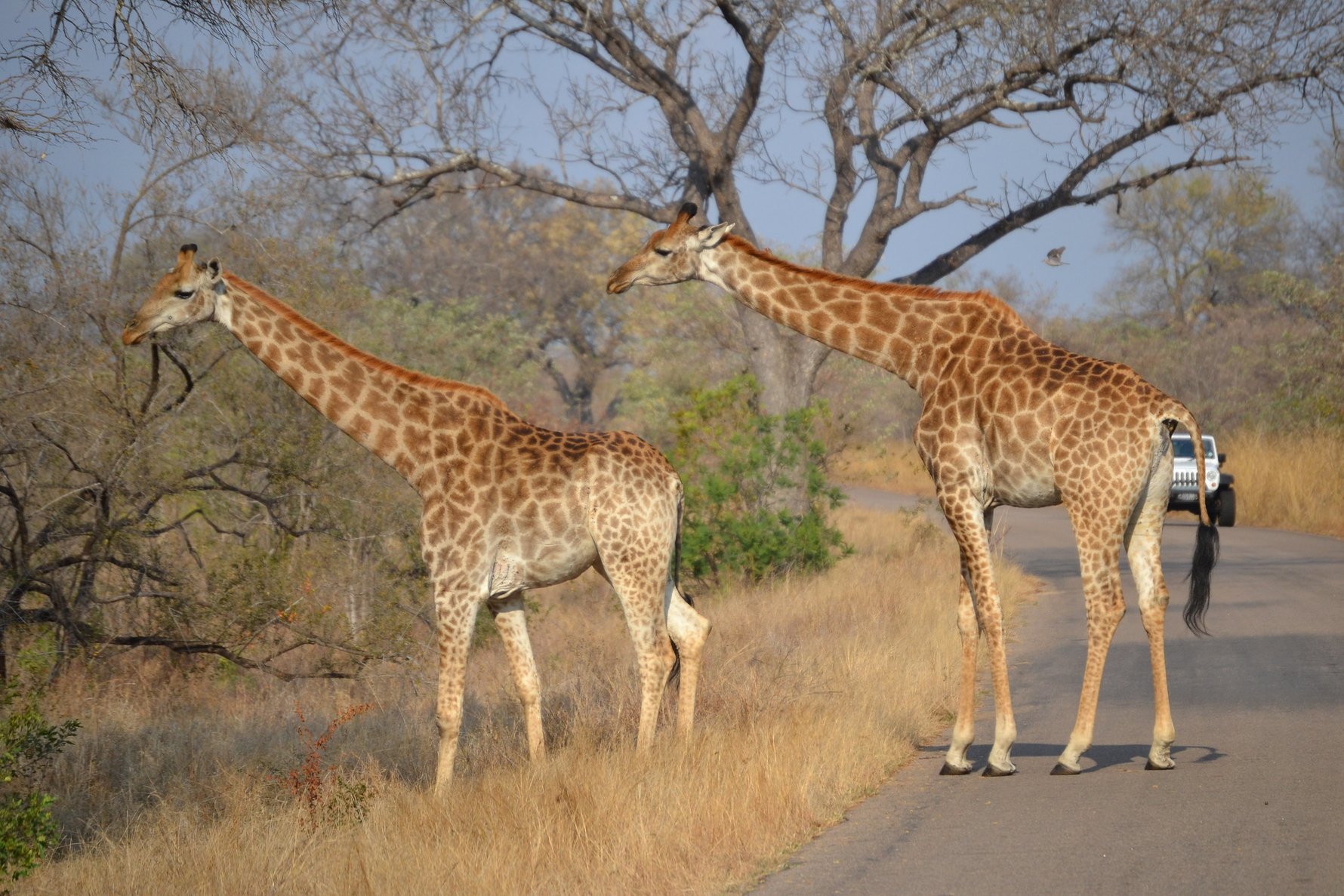
Southern Kruger Park gates
The southern Kruger Park has five different gates and five main rest camps operated by SANParks. Closest to Joburg are the Malelane Gate (off the N4 just after Nelspruit) and the Numbi, Phabeni and Paul Kruger Gates near Hazyview. A little further on close to the Mozambique border (about five and half hours drive from Joburg) is the Crocodile Bridge Gate.If you are driving from Joburg we recommend planning a stayover en route in Hazyview, White River or along the Panorama Route. This way you can ensure you reach the gate before it closes for the night and make the most of your first day of driving through the park. Check out our guide to the Panorama Route and Hazyview here, and to White River here, for some ideas on where to stay and what to see on the road to the Kruger Park from Joburg.
Southern Kruger Park SANParks restcamps
The Kruger National Park is designed with self-driving and self-catering in mind. Every SANParks rest camp offers a variety of accommodation options ranging from campsites to modest chalets and bungalows or permanent canvas tents, with access to a communal kitchen or braai area, or sometimes with their own kitchenette, as well as a shop selling basics and a restaurant or cafe.All official SANParks accommodation can be booked online via the SANParks website sanparks.org, where you can also book guided drives operated by SANParks. Register on the website and sign in to see all the available accommodation options for your chosen dates and bear in mind that you should book well in advance to get the nicest cottages in the most popular camps.
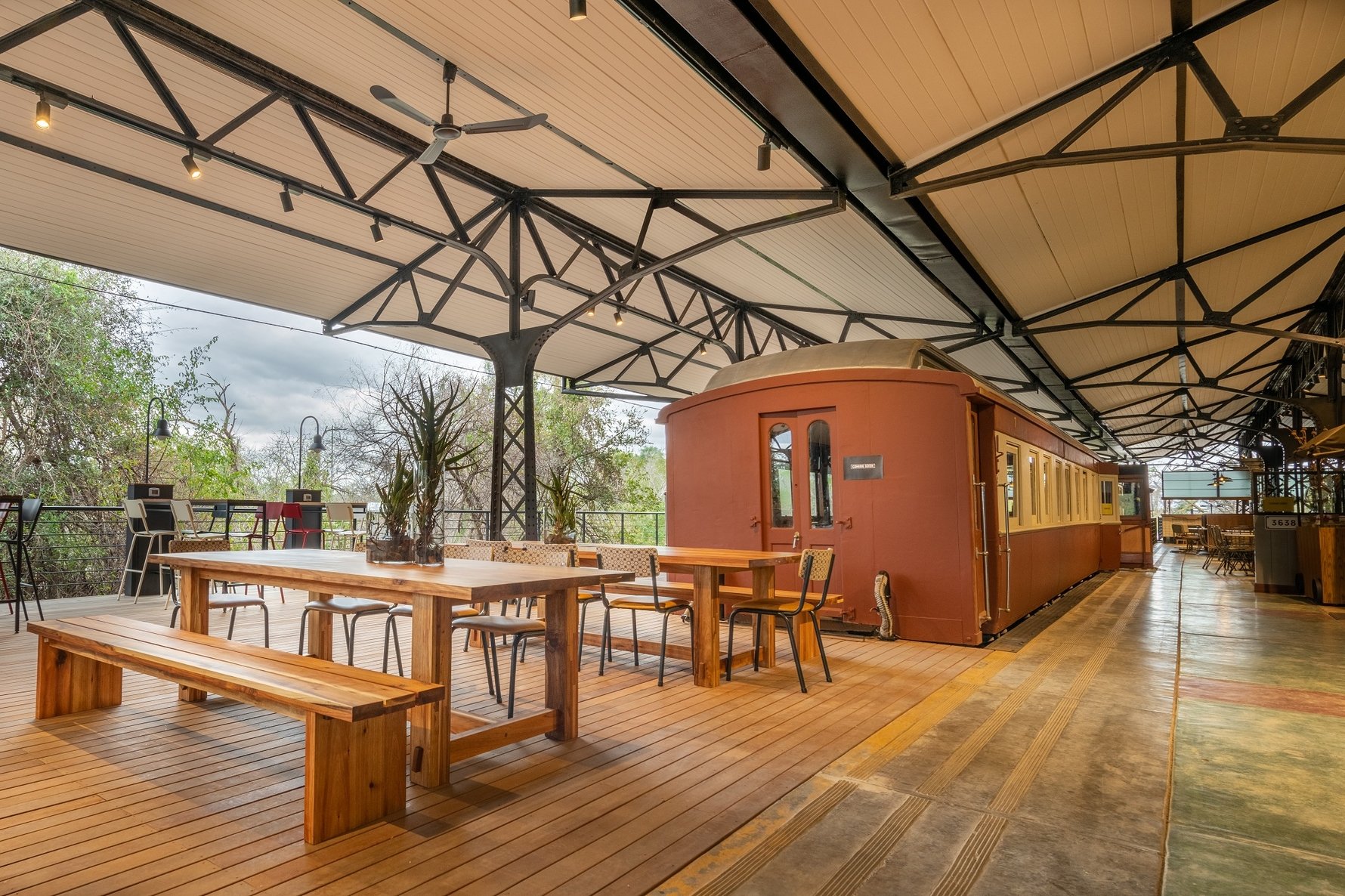
Skukuza
Closest gate: Paul Kruger Gate
Skukuza is the Kruger's biggest restcamp and the size of a village. If you are visiting in a big group Skukuza is ideal as it has the biggest selection and the widest variety of accommodation options ranging from campsites to rustic rondavel huts with shared kitchens and bathrooms or cottages and larger three and four-bedroom guest houses. If you can't afford to stay in a luxury lodge but want a more comfortable hotel-style experience Skukuza restcamp also has the first SANParks-operated hotel in the park, the 100-room Skukuza Safari Lodge which has a spa and restaurant.
Also located within the Skukuza Rest Camp is the new Kruger Station lifestyle precinct which goes beyond the usual bacon-and-egg breakfasts and packed sandwich lunches that tend to define dining options in the park. It is set around a historic structure housing a steam train, where visitors can choose from the Enroute Grab ‘N Go Deli and the Departing Soon coffee and ice cream cafe, as well as the Round in 9 bar and casual dining area and the 3638 sit-down family restaurant.
Pretoriuskop
Closest gate: Numbi Gate
One of the oldest restcamps in the park the huts here are rather basic, although there are more comfortable self-catering cottages. The scenery surrounding the camp with its rolling hills is lovely for driving and in addition to a shop and cafe, this rest camp also has a swimming pool.
Berg-en-Dal
Closest gate: Malelane Gate
Set among hills in the south of the park with a nice swimming pool on site, this rest camp has more modern en-suite accommodation including several family cottages and guest houses.

Crocodile Bridge
Closest gate: Crocodile Bridge
One of the lesser-visited corners of the park, but rich in game, this is a small rest camp with a choice of camping, permanent canvas safari tents or bungalows with kitchenettes. A good place to stay overnight if you are planning on exploring the southeastern section of the park which is known for its excellent wildlife sightings.
Lower Sabie
Closest gate: Crocodile Bridge
Lower Sabie is regarded as one of the most beautifully located camps in the park and you will need to book well in advance (preferably several months). The camp has a large deck looking right out over the Sabie river where there's always game frolicking and the surrounding areas also have great sightings and tend to be less crowded with cars than other parts of the Kruger Park. Accommodation is a choice of rustic huts with shared kitchens and bathrooms, safari tents and bungalows.
Luxury lodges
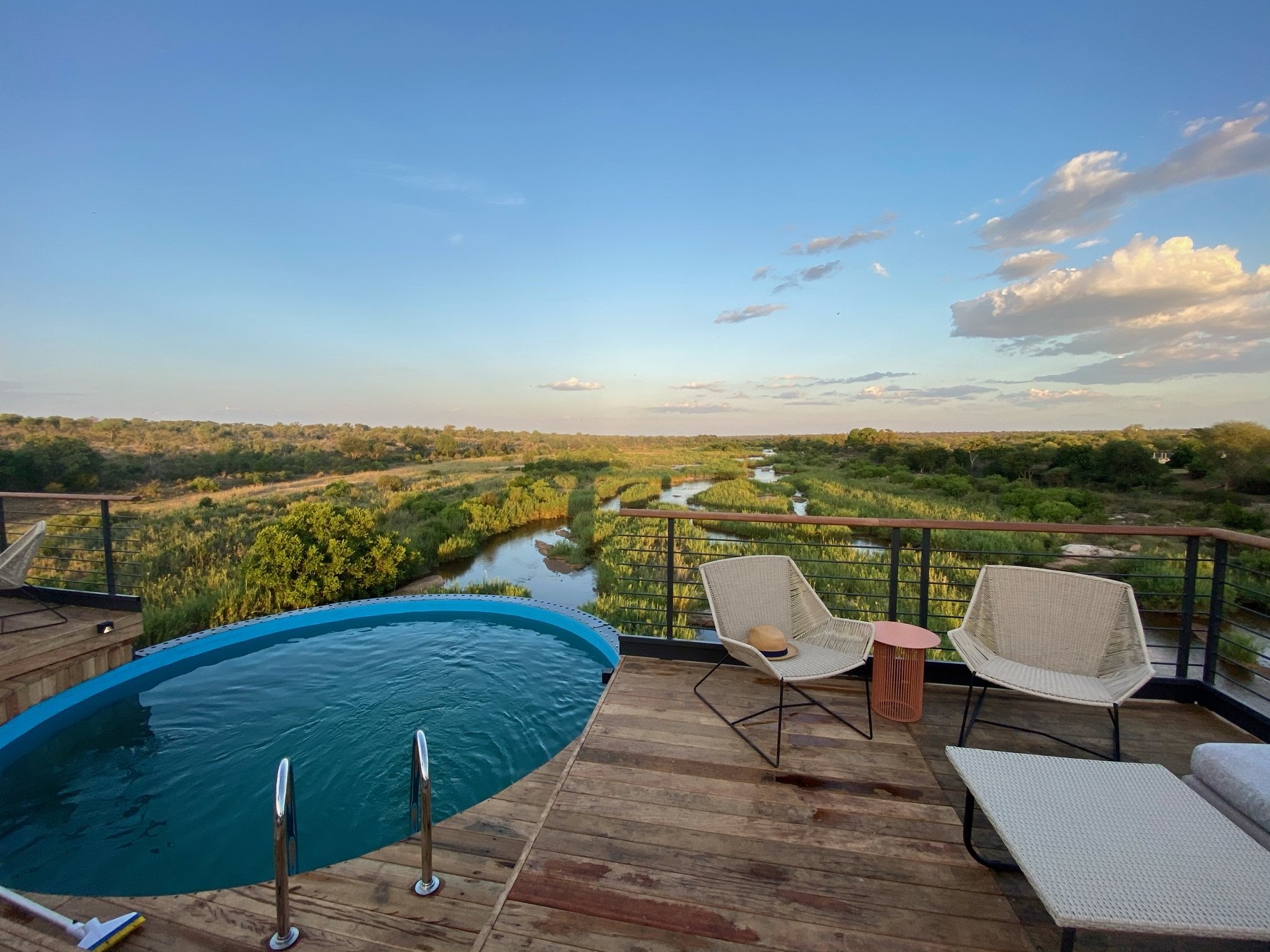
The majority of Kruger Park's luxury lodges are not located inside the public access areas of the park run by SANParks. Instead they are found in the vast concessions along the western flank of the park, an area known as the Greater Kruger, where you'll find sections such as Sabi Sands, Manyeleti and Timbavati. There are no fences between here and the rest of the park and with only the guests of these lodges able to access the area on guided lodge tours, the wildlife sightings are fantastically uncrowded.
A few luxury lodges lie within close proximity of the Skukuza camp actually inside the national park itself. One of the most extraordinary is the Kruger Shalati, a new luxury lodge built on an old railway bridge crossing the river close to the Skukuza camp. Read our review of the unforgettable Kruger Shalalti - The Train on the Bridge experience here.
TIPS ON PLANNING A KRUGER PARK HOLIDAY
When to goKruger National Park’s climate is subtropical and the best times of the year to visit are the dry winter months of June, July, August. Many of the parks indigenous trees and shrubs lose their leaves during this time making it easier to see game through the bush and animals are often more concentrated around larger waterholes and rivers, while the many smaller streams and dams are dry. Albeit very hot, spring and summer have their own beauty - book accommodation with a swimming pool - and while the rains can make some smaller roads impassible, you are more likely to see baby animals during this time.
How long to stay
We recommend planning to spend at least three full days in the park to make the long drive most worthwhile and to explore the many different lookout points, bird hides, waterholes and rivers that are scattered across this area of the park. Bear in mind that you will be driving very slowly through the park (the optimal speed for game spotting is around 20 to 30km per hour) so you don't want to be overly ambitious in the distances you will cover each day.
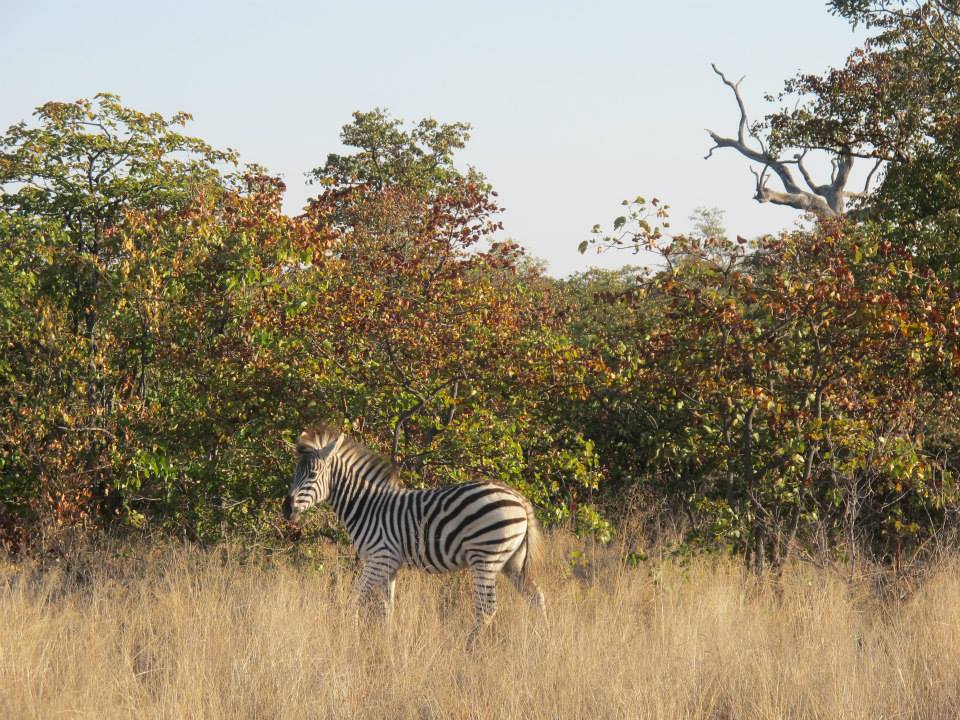
What to bring
– If you are planning on self-catering throughout your trip we recommend buying your supplies before entering the park as prices can be higher and choices limited inside the park. There are some petrol stations within the park, although again it's wise to fill up the tank before you reach the park.
– In winter make sure to bring warm clothes, it can get very chilly, especially early in the mornings and in summer don't forget your sunscreen and insect repellent. Also consider bringing a thermos flask so you can enjoy an early morning coffee in the car.
– Other essentials include your camera and binoculars and a torch is also handy for walking around the rest camp at night.
Self-driving through the park
– There are excellent SANParks maps on sale at the entrance gates and we highly recommend buying one as they mark out all the main roads and smaller dirt roads as well as bird hides, picnic sites, waterholes and other interesting places to stop.
– Plan on setting out for a morning drive as soon as the gates open, by the time the sun gets high in the sky many of the animals will have already moved on. Most animals, especially predators are most active during the twilight hours.
– Take it slow and enjoy the scenery as you go. If you plan to cover too much ground in one day you may well find yourself having to drive straight past interesting sights to get back to your camp before dark. Take note of gate closing times before setting out for the day.
– At every rest camp you'll find a latest sightings board where visitors can mark any recent sightings of the Big Five. Furthermore, where there's water there's animals, so rivers or waterholes are always good places to stop for a while.
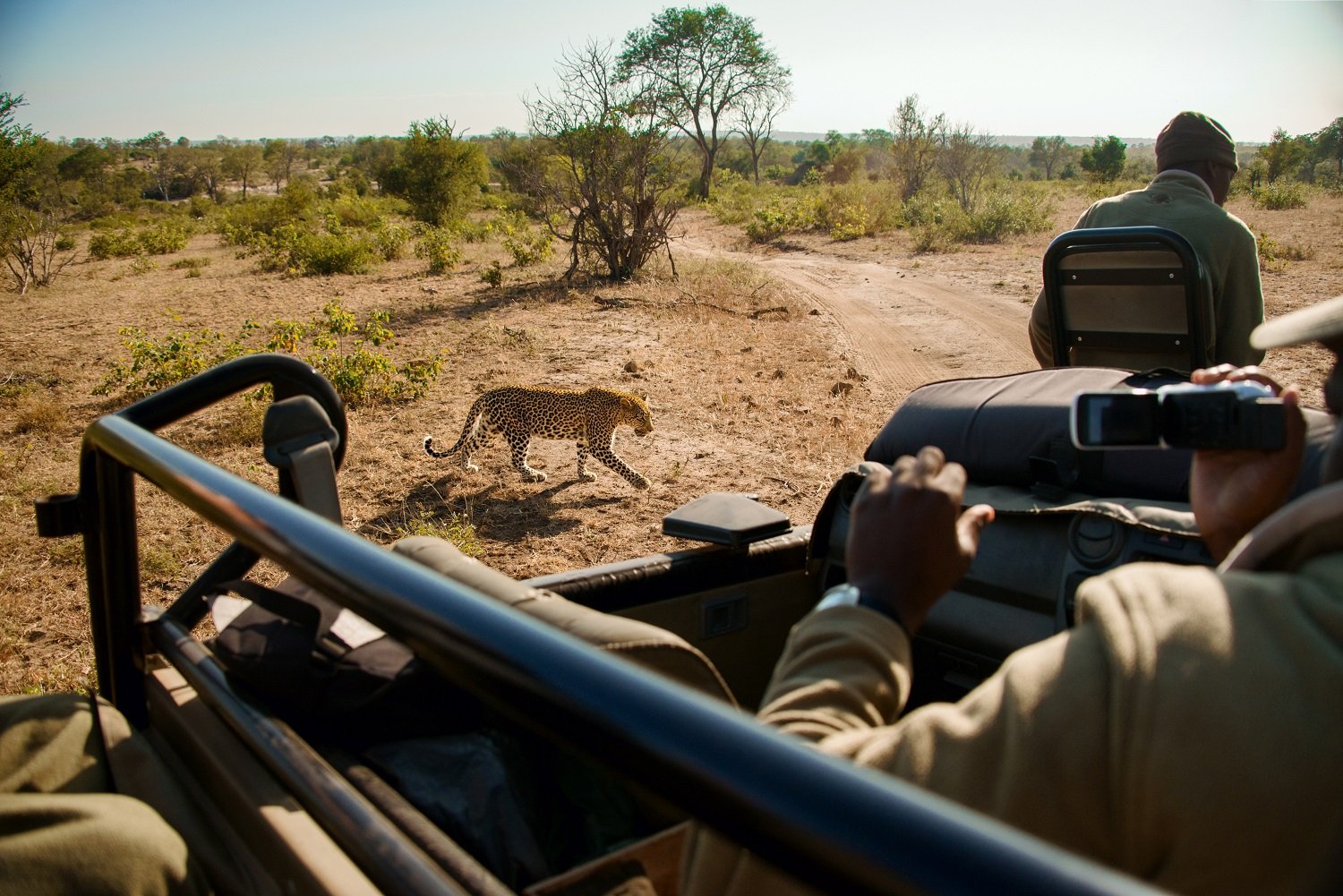
Guided game drives
If you want a change from self-driving around the park, book a guided game drive with one of the SANParks guides which can be booked at rest camps (if staying inside the park) or at the gates. Among the many advantages of going on a guided drive are the opportunity to drive through the park after hours and in the company of an expert. If you are staying at a luxury lodge your twice-daily guided drives will usually be included in the price of your stay. Don't forget to tip your driver if you enjoyed the experience.
Be a responsible tourist!
Safety and enjoyment at the Kruger park go hand in hand. Remember this is a wild space, not a zoo and the sustainability of the park depends on visitors treating it with respect. When you enter the park and sign in to pay your entry fees you will be provided with the rules of the park. Note that you are liable to be fined and even prosecuted if you ignore these rules and act recklessly within the park. Reckless behaviour includes exceeding speeding limits (within the park traffic police set up what are some of the best-hidden speed traps and will show no mercy), feeding animals or interacting with the wildlife in other dangerous ways (such as touching them, harassing them or exiting your vehicle to stand near them) and driving through the park at night after the gates have closed.


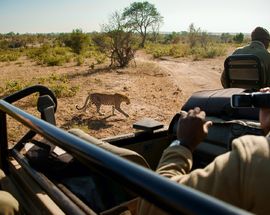
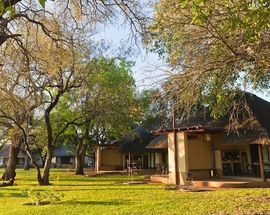
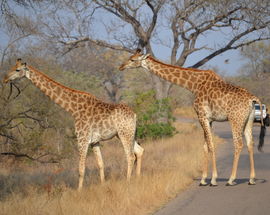


Comments